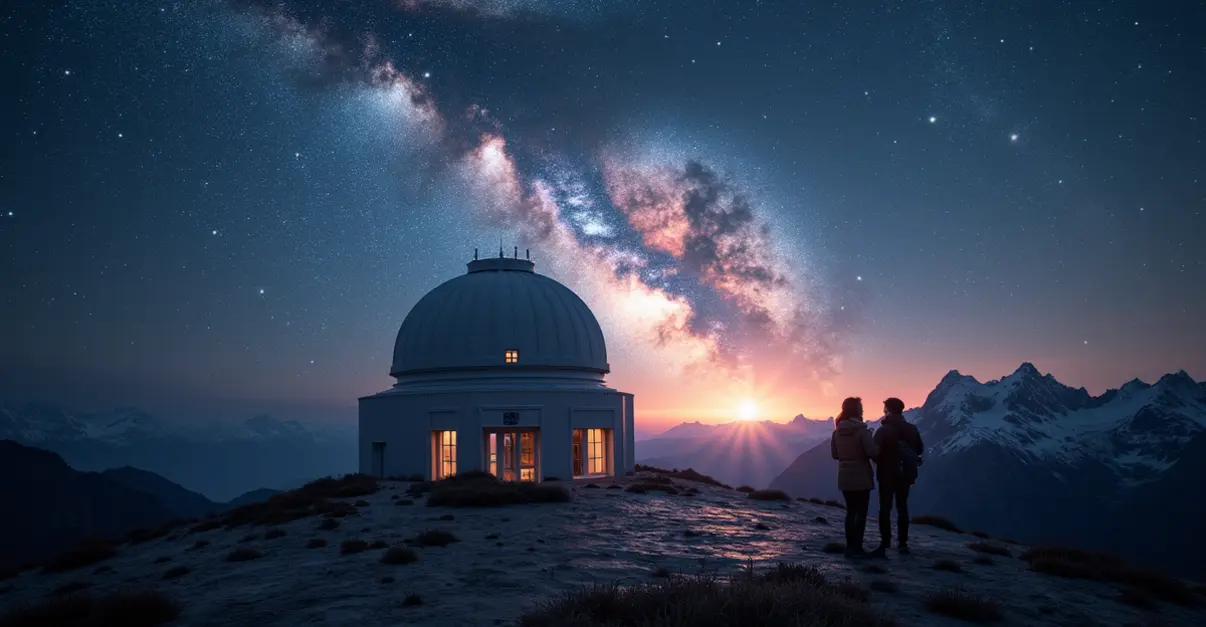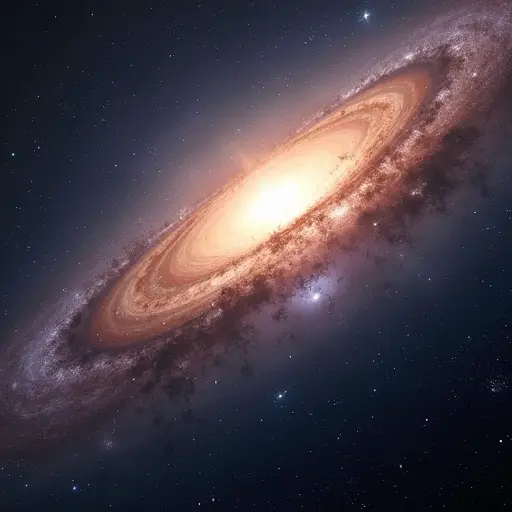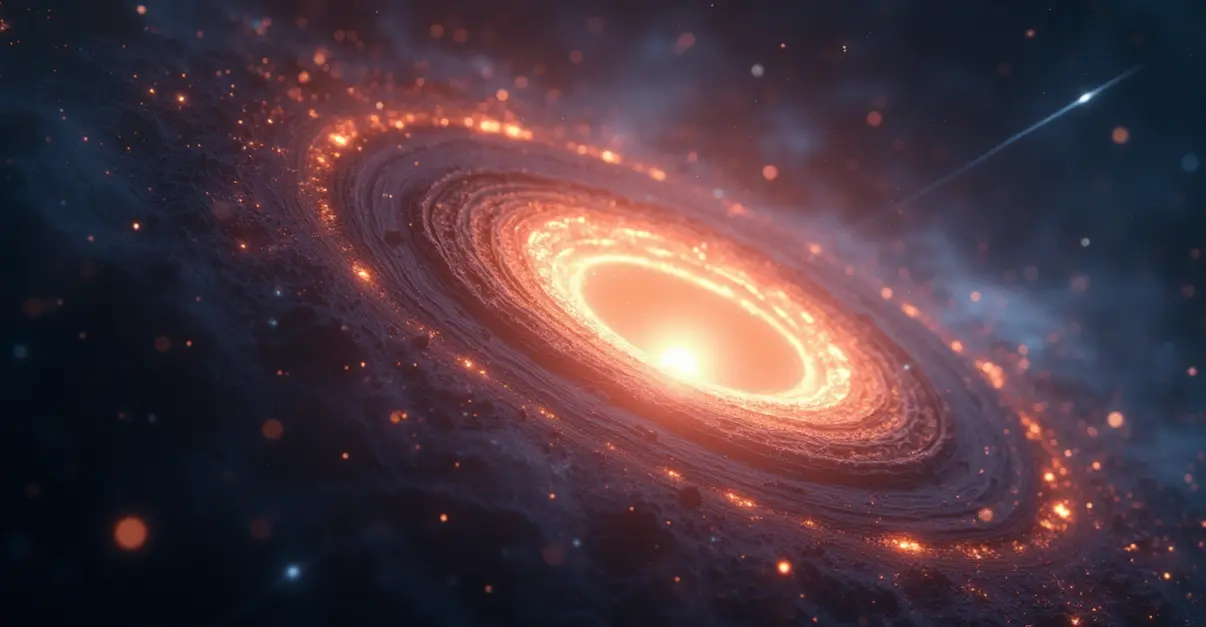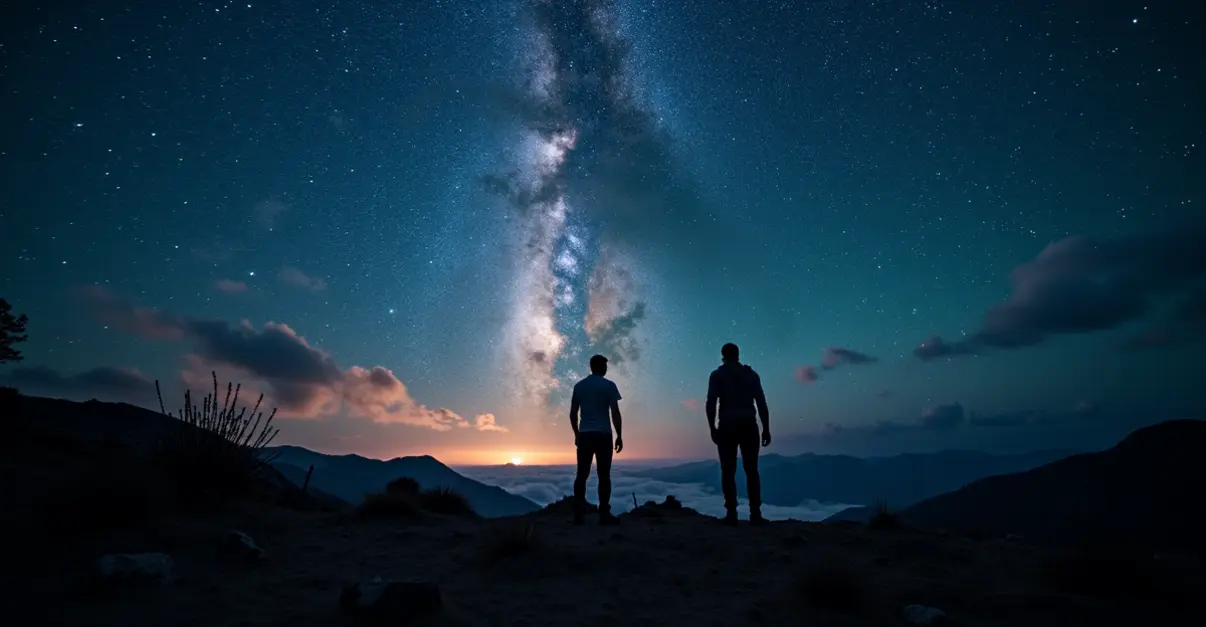Astronomers using the new Vera C. Rubin Observatory discovered a 180,000 light-year star stream around Messier 61 galaxy, revealing evidence of ancient galactic cannibalism and providing insights into dark matter distribution.

Revolutionary Discovery in Messier 61 Galaxy
Astronomers using the newly operational Vera C. Rubin Observatory in Chile have made a groundbreaking discovery - a massive 180,000 light-year-long stream of stars winding around the spiral galaxy Messier 61. This cosmic ribbon represents the remnants of a smaller dwarf galaxy that was torn apart and consumed by M61 billions of years ago, providing crucial insights into how galaxies grow through cosmic mergers.
Historical Context and Modern Breakthrough
Messier 61 has a rich astronomical history, first discovered on May 5, 1779 by Italian astronomer Barnaba Oriani and independently observed the same night by French astronomer Charles Messier. Both initially mistook the object for a comet before Messier correctly identified it as a distant galaxy and cataloged it as M61 in his famous Messier catalog. 'We're essentially looking at the cosmic fingerprints of galactic cannibalism,' explains lead researcher Aaron Romanowsky from San José State University in an interview with Nature.
The Vera C. Rubin Observatory, which began operations in 2025, represents the cutting edge of astronomical technology. Located on Cerro Pachón in Chile's Coquimbo Region, this facility houses the world's largest digital camera - a 3.2-gigapixel marvel capable of capturing unprecedented detail across a 3.5-degree field of view. The observatory's first light images, released in June 2025, immediately demonstrated its revolutionary capabilities.
The Science Behind Star Streams
Star streams like the one discovered around M61 are cosmic relics of galactic mergers. When smaller galaxies approach larger ones, the immense gravitational forces stretch them into long, ribbon-like structures that can persist for billions of years. These streams serve as natural laboratories for studying dark matter distribution and galaxy evolution.
'The expectation is that every galaxy is surrounded by these streams. It's a fundamental part of how galaxies form,' Romanowsky told Nature. The discovery in M61 confirms theoretical predictions about how galaxies accumulate mass through repeated mergers with smaller companions.
Messier 61: A Galaxy of Superlatives
Located approximately 52 million light-years from Earth in the Virgo Cluster, Messier 61 is no ordinary spiral galaxy. According to Wikipedia, M61 is classified as an intermediate barred spiral galaxy with an active galactic nucleus and is known for its intense starburst activity. The galaxy has hosted an impressive eight observed supernovae, making it one of the most productive galaxies for such cataclysmic events.
The newly discovered star stream adds another remarkable feature to M61's profile. At 180,000 light-years in length, this structure spans nearly twice the diameter of our own Milky Way galaxy, providing astronomers with a clear record of M61's violent past.
Implications for Understanding Dark Matter
The Vera C. Rubin Observatory, named for pioneering astronomer Vera Rubin who made fundamental discoveries about galactic rotation and dark matter, is particularly well-suited for studying these faint stellar structures. As detailed on Wikipedia, the observatory's primary mission includes creating a ten-year time-lapse record of the southern sky through its Legacy Survey of Space and Time (LSST).
Star streams act as natural tracers for mapping the distribution of dark matter - the invisible substance that makes up about 85% of the universe's mass. By studying how these streams are distorted by gravitational forces, astronomers can infer the presence and distribution of dark matter around galaxies.
Future Research Directions
The discovery published in Research Notes of the American Astronomical Society represents just the beginning of what the Rubin Observatory will achieve. As the facility enters full survey operations, astronomers expect to discover thousands of similar star streams around other galaxies, building a comprehensive picture of how galaxies evolve through cosmic time.
This finding not only validates the capabilities of the new observatory but also opens new avenues for understanding one of astronomy's greatest mysteries - how galaxies form and evolve through the hierarchical merging predicted by cosmological models.

 Nederlands
Nederlands
 English
English
 Deutsch
Deutsch
 Français
Français
 Español
Español
 Português
Português









